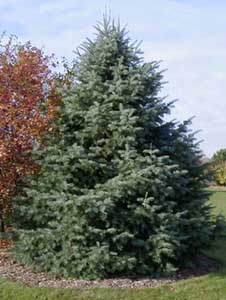
The concolor fir, Abies concolor, (also commonly called white fir) is a great evergreen tree for the Midwestern landscape. Not only is it beautiful but it is one of the most adaptable firs. Concolor fir is native to the western United States and there can reach heights of 130-150 ft. and may occasionally reach 350 years of age. It can be found from 6000 ft. to 11,000 ft. in elevation in the Rocky Mountains in Colorado and New Mexico to the Coast Range in California and Oregon. Near the Pacific Coast it can occur as low as 2300 ft. elevation. In the average home landscape the tree will reach 30-50 feet tall and 15-25 feet wide when mature.

The tree grows in an almost perfect pyramidal Christmas tree shape when young (and it is grown commercially as a Christmas tree), with horizontally tiered branches. At maturity the tree develops a dome-like crown. The short, flat, soft needles are silvery blue-green both above and below, although the undersides may have a whitish bloom. The needles have a slight citrus smell when broken. The smooth gray bark develops attractive deep, irregular furrows and irregular, flattened scales on mature trees. The oblong cones are held upright, and vary in color from yellow-green to purple. They mature in one season and generally disintegrate after the seeds are shed, falling off the tree in September and October.
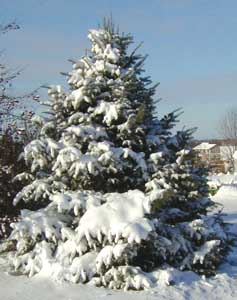
Concolor fir is a fairly slow-growing, drought-resistant tree. It does best in deep, rich and well-drained soils. Avoid heavy clay and wet spots, such as near over-irrigated lawns. Concolor fir is tolerant of some shade, although it prefers full sun, and is hardy in zones 3-7.
This is a very desirable tree in the landscape, but may need some protection on very windy, exposed sites. Because of its dense growth it does not need any pruning to keep its shape. With its conical form, blue-green foliage and lack of insect or disease problems, it could be used as a substitute for blue spruce.
Several cultivars have been propagated including a weeping white fir sold under the name `Pendula’.
The concolor fir has been designated as Nebraska’s Great Plants® 2003 Tree of the Year (the Great Plants program to promote exceptional plants – reliably hardy, easy to care for, and ornamentally worthwhile – is a joint effort of the Nebraska Nursery & Landscape Association and the Nebraska Statewide Arboretum).
– Susan Mahr, University of Wisconsin – Madison
Ask Your Gardening Question
If you’re unable to find the information you need, please submit your gardening question here:





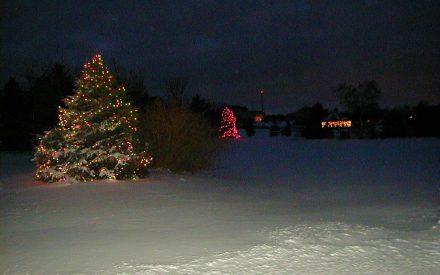 Choosing the Right Christmas Tree
Choosing the Right Christmas Tree Red Star Rust
Red Star Rust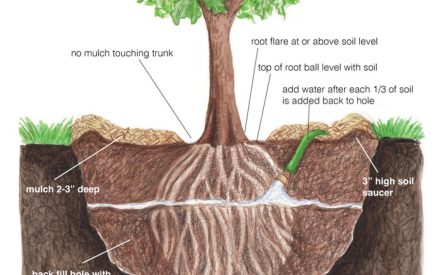 5 Steps to Plant a Tree
5 Steps to Plant a Tree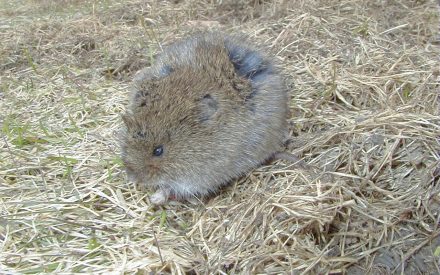 Protecting Young Trees from Animal and Other Damage Over Winter
Protecting Young Trees from Animal and Other Damage Over Winter


